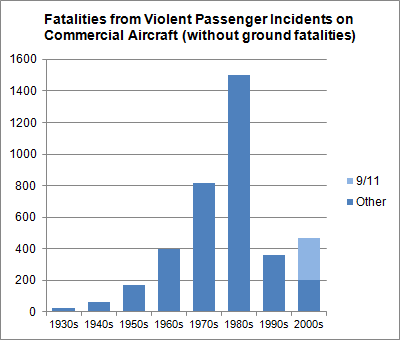Keely W., Sophie J., and Austin C. sent in this 20-second commercial for KFC in which a white guy surrounded by black people makes the “awkward” situation all better by giving them fried chicken:
So, first of all, feeling awkward because you’re the only person with your particular racial make up in a group is called white privilege. Most racial minorities find themselves the only or one of the only members of their group all of the time. Calling the situation “awkward” just suggests that white people are, or should be, uncomfortable around black people.
But, second, is it racist that the guy soothes the situation by sharing fried chicken? In the U.S., the idea that black people eat a lot of fried chicken is a stereotype (applied recently to Obama). But this is an Australian commercial and KFC is saying that there is no such association in Australia.
I don’t know if that’s true. But if it is, it raises interesting questions as to (1) just how cognizant companies should have to be about various stereotypes around the world and (2) whether the biased histories of some countries must be more attended to than others.
A Guardian article quotes a professor arguing that the U.S. has “…a tendency to think that their history is more important than that of other countries.”
Ouch. Does it hurt because it’s true?
I think these are tough questions. What do you think?
Lisa Wade, PhD is an Associate Professor at Tulane University. She is the author of American Hookup, a book about college sexual culture; a textbook about gender; and a forthcoming introductory text: Terrible Magnificent Sociology. You can follow her on Twitter and Instagram.





